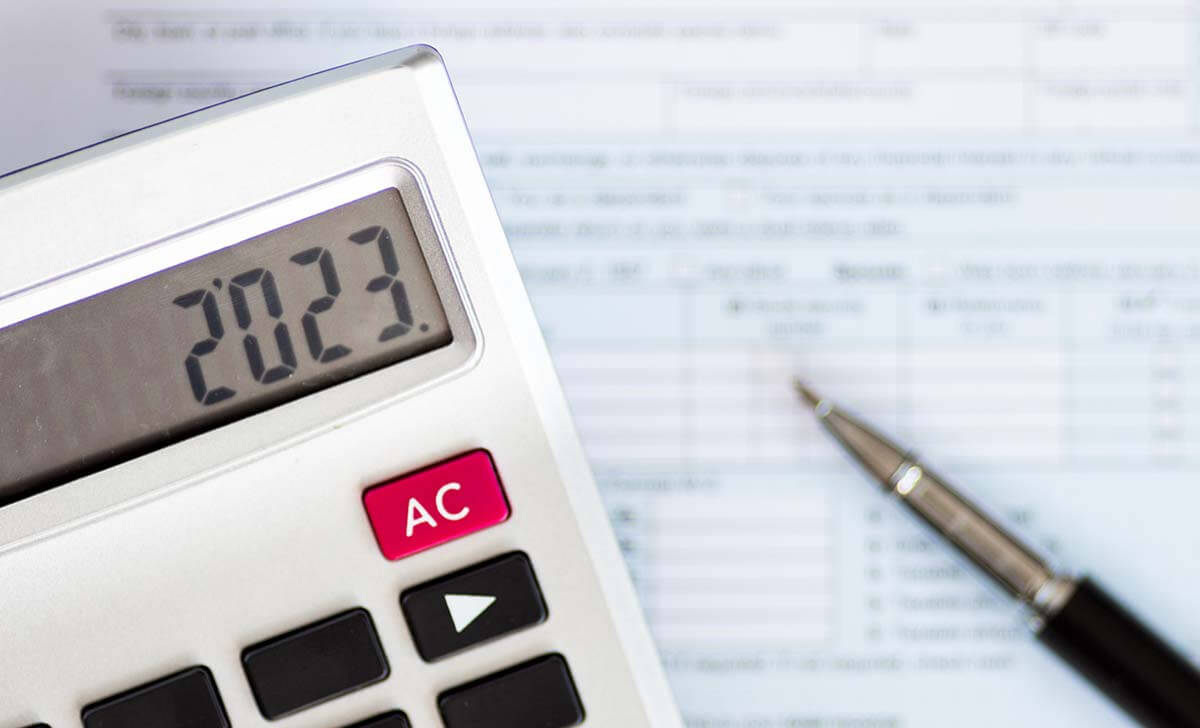Rental properties are a major components of many investors’ investment portfolios, be it in their own name or through investment vehicles such as family trusts and self managed superannuation funds. Further, in recent years there has been a massive surge in overseas investor interest in Australian real estate property, in particular residential property. Anecdotal evidence suggests that overseas investors, many from mainland China, account for a significant portion of investor demand at auctions.
With property ownership comes the associated tax obligations. Our tax newsletter this month provide a brief overview of the issues you should consider, regardless of whether the properties are rented out to tenants. Azure Group’s tax advisors would be pleased to answer any questions you may have.
Tax Returns
If a property is rented to a tenant, any rental income will be subject to Australian tax, which will require a tax return to be lodged with the Australian Taxation Office. This is relevant to both residents and non-residents for Australian tax purposes (whether you are a resident for tax purposes depends on several tests, and taxpayers commonly confuse tax residency with their legal residency status. This will be the subject of our next newsletter so stay tuned!).
The due date of individual tax returns is 31 October each year, however for individuals using Tax Agents this due date will likely be extended to as late as June in the following year.
Australian tax paid by a non-resident will likely entitle that person to a foreign tax credit (reduces tax payable) in their home country.
Capital Gains Tax (CGT)
The disposal of a property will give rise to a capital gain or loss unless the property is a tax payer’s main residence. This will apply to both tax residents and non-residents. Unfortunately for non-residents, the 50% CGT discount will no longer be available after 7 May 2012. Residents will continue to enjoy the discount, whereby the capital gain on sale of CGT assets is reduced by 50% if they held it for more than 12 months.
One major tax concession people tend to overlook is the “6 year absence rule”. This applies where taxpayers move out of their main residence (which is not taxable when sold) and they can continue to treat that property as not subject to CGT for up to 6 years, provided that they do not claim the main residence exemption for any other property. This is especially attractive for expats who leave Australia for an extended period of time and wish to be exempt from CGT when they eventually sell or move back into the property. Further, they can move back briefly before expiry of the 6 years to “reset the clock” and get another 6 years worth of CGT exemption. This can be repeated indeifinitely.
Negative Gearing and Rental Losses
If a property is negatively geared (expenses exceed income), the loss will be able to be offset against the taxpayer’s other income. This is one of the biggest concessions in the Australian tax system and has been used by thousands of investors to reduce their tax whilst accumulating their wealth through capital growth. For non-residents, this loss will need to be carried forward to future years to offset against rental income (unless they have other forms of income to offset against).
Holding Structures
Increasingly, people are taking advantage of investment vehicles such as discretionary family trusts and superannuation funds.
Family trusts allow investors to split income from the rental properties (distribute to family members and entities with lower tax rates) and still maintain the ability to obtain the 50% discount. Superannuation funds enjoy concessionally-taxed status in Australia and is therefore naturally attractive as vehicles to hold properties. Note that family trusts are not eligible for the tax-free threshold for Land Tax – however for many investors the benefits of a trust outweigh the disadvantage of slightly higher land tax.
Pay-As-You-Go (PAYG) Tax Instalment
Rental properties that return a net income to the investor will give rise to a need to pay regular quarterly tax instalments. The Tax Office will notify you of your obligations.
Tax Rates
For Australian residents, the following rates for 2013-14 apply from 1 July 2013 (plus 1.5% Medicare Levy):
|
Taxable Income |
Tax on this income |
|
0 - $18,200 |
Nil |
|
$18,201 - $37,000 |
19c for each $1 over $18,200 |
|
$37,001 - $80,000 |
$3,572 plus 32.5c for each $1 over $37,000 |
|
$80,001 - $180,000 |
$17,547 plus 37c for each $1 over $80,000 |
|
$180,001 and over |
$54,547 plus 45c for each $1 over $180,000 |
For non-residents, the following rates for 2013–14 apply from 1 July 2013.
|
Taxable Income |
Tax on this income |
|
0 - $80,000 |
32.5c for each $1 |
|
$80,001 - $180,000 |
$26,000 plus 37c for each $1 over $80,000 |
|
$180,001 and over |
$63,000 plus 45c for each $1 over $180,000 |
Please contact us at Azure Group on 02 9238 1188 or ourteam@azuregroup.com.au if you have any questions.







Comment